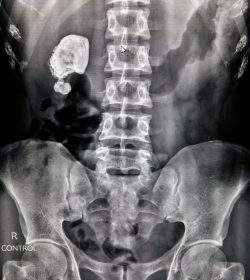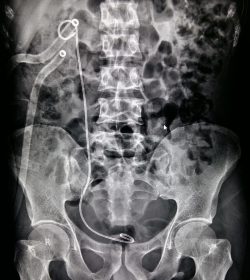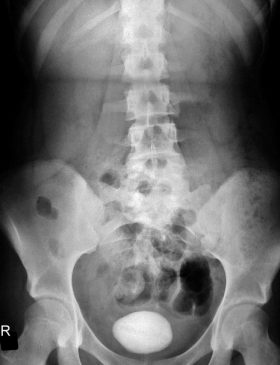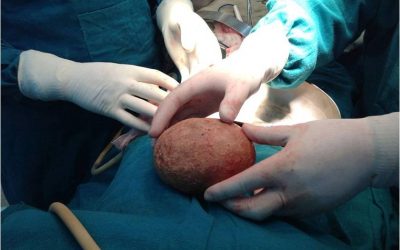What is Laser Lithotripsy?
Urinary stones are a common source of discomfort and in many cases require a surgery for cure. Till 1980’s this surgery was done by open method which was morbid. After 1980’s endoscopic surgery became the standard of care. The endoscope is introduced in the urinary tract and once the stone is accessed it has to be fragmented and the fragments are then removed from the urinary tract.
Many people think that endoscopic surgery and laser surgery are the same. But this is not the case. Endoscopic surgery is a minimally invasive method of treating urinary stone. Once the endoscope reaches the stone it can be fragmented by various methods like laser, lithoclast, ultrasonic machine etc. But out of these laser is the most effective and also the safest method. Laser lithotripsy has many advantages over other methods of stone fragmentation as below
-
Fragmentation of the stone with laser can be done with precision whereas other methods are less precise.
-
In Laser lithotripsy, fine dusting of the stone can be done which improves stone clearance rates and decreases the chances of residual calculi after surgery.
-
This also reduces number of repeated introduction of the scope for removal of stone fragments. Surgical time is therefore reduced.
-
Laser can fragment all stones irrespective of the hardness, a significant advance over other methods.
-
In laser lithotripsy there is no need to impinge the stone against the wall of ureter/plevis/calyx for fragmentation. This reduces the risk of injury to the wall of urinary tract and also prevents complications like submucosal migration and perforation of the wall of urinary tract.
-
Laser lithotripsy is considered as the most efficient and safest modality for Intracorporeal Lithotripsy due to the reasons given above.

Laser Lithotripsy




























